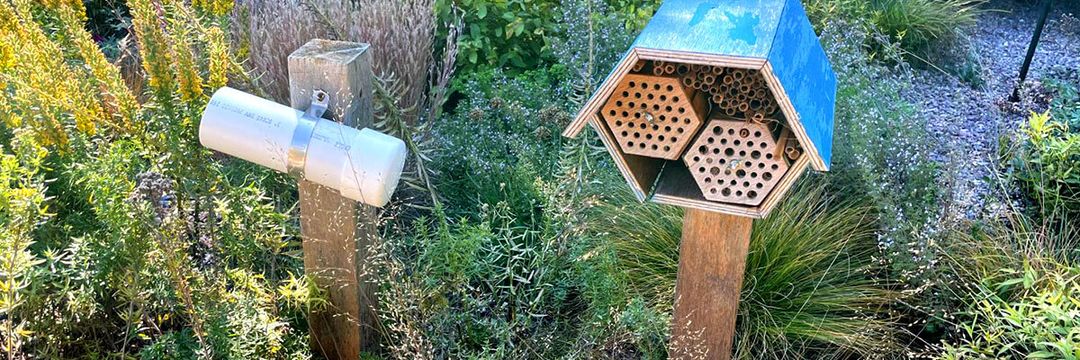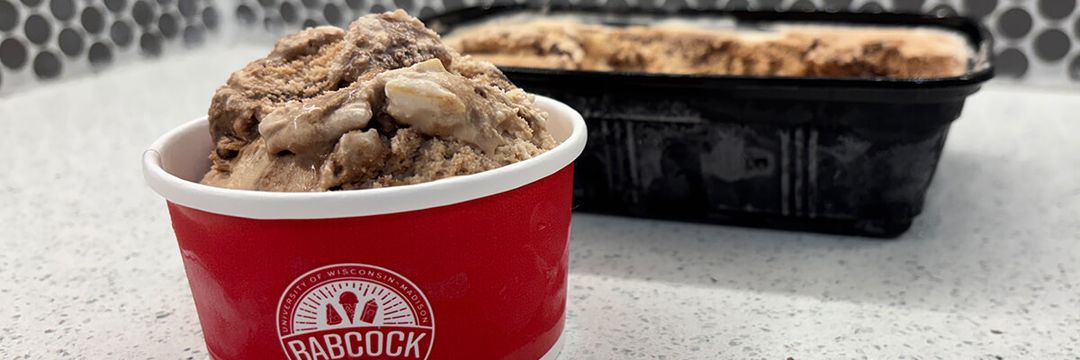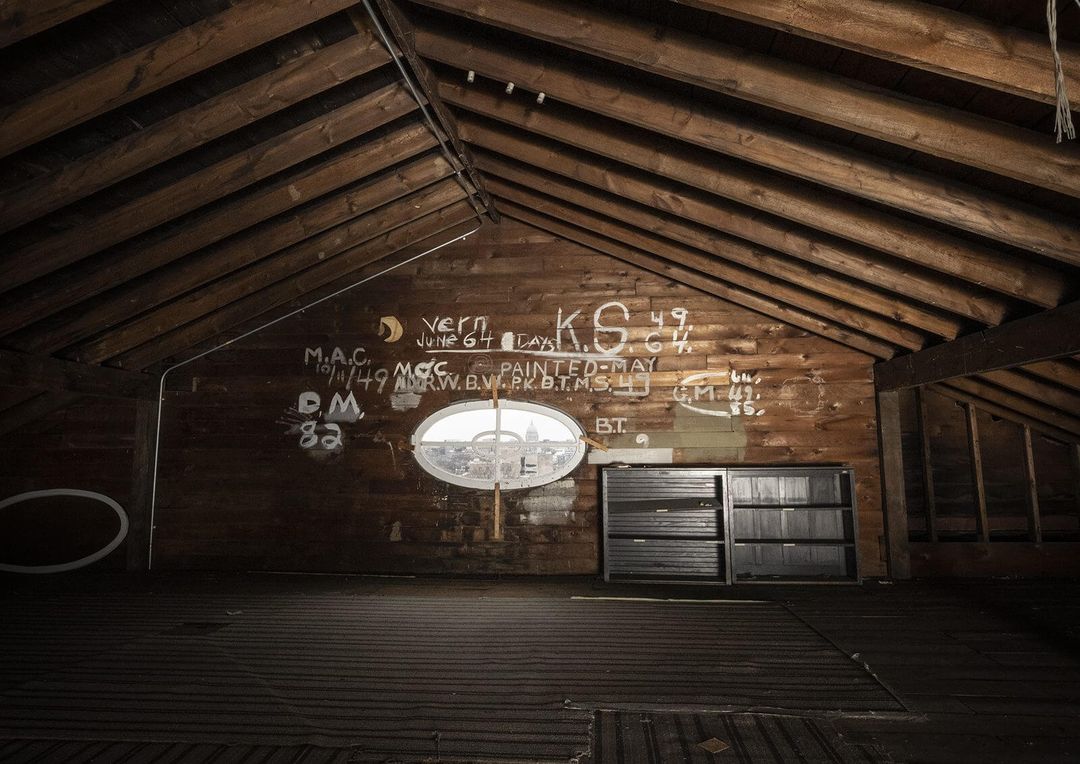In the introduction to The Map to the Door of No Return: Notes to Belonging, Canadian poet Dionne Brand recalls a conversation with her grandfather, during which he struggled to conjure the name of the African people from which their family descended. “Having no name to call on was having no past,” she writes.
When UW English professor Raquel Kennon asked similar questions about her own family’s genealogy, her father traced their lineage back to Peter Kennon, an enslaved man who could only sign his name with an X and who was laid to rest in an unmarked grave in Louisiana. Kennon’s family preserved their past by sharing oral histories; as she pursued studies in comparative literature, she began to wonder how other writers and artists across the African diaspora were doing or had done the same with their own memories of slavery.
“I thought it would be really revelatory to think about how these texts might be in conversation with each other, what we can learn from them, and what they say about not only the history of slavery, but of racial formation and ideas about Blackness and freedom, what it means to be Black, and whether and how that definition shifts over time and space,” Kennon says.
Her recent book, Afrodiasporic Forms: Slavery in Literature and Culture of the African Diaspora, is a culmination of her pursuit of these questions. In her courses at the UW — English 173 Afrodiasporic Intimacies and English 245 Afterlives of Slavery — students take a similar literary approach to analyzing the contemporary memory of slavery by engaging voices that traverse and transcend geographies, genres, and forms. The interdisciplinary study of the memorialization of slavery through first-person narratives, poetry, and other media encourages students to begin to understand the multiplicity of experiences that constitute a singular historical phenomenon while dispelling the myth of a monolithic Black experience.
Here, she shares a sampling of the materials she assigns her students and the art she loves that just missed the syllabi.
My assigned texts and other media include:
Lose Your Mother: A Journey along the Atlantic Slave Route by Saidiya Hartman
The title of the course [Afterlives of Slavery] is a reference to a passage from Lose Your Mother — this idea of what the afterlife of slavery is and what it constitutes. We think about juridical emancipation, but what are some of the cultural and social and even political or economic ramifications that exist to this day? All that is part of the afterlife of slavery, [as is] this kind of artistic flourishing.
Barracoon by Zora Neale Hurston
It’s Hurston as we consider her, the Southern Black writer, encountering Kossola, who’s considered one of the last Africans who is brought over on the Middle Passage and who is living in Africatown in Alabama. It dramatizes this encounter between two Black people from different backgrounds and how she’s groping for a way to make connection with him and how he’s also deciding when to disclose and when to withdraw, and what he wishes to tell or not tell, and the suspicion that exists — maybe mutual suspicion and assumptions and even stereotypes that they may fall into about each other.
[It’s so fascinating to think about] historians going back to a particular location in Sierra Leone and trying to trace through oral history if the elders living there now have any recollection of that history of the Amistad rebellion and what’s become of it. [The documentary, based on Marcus Rediker's book, also] centers the lives of African people.
Daughters of the Dust directed by Julie Dash
This film was assigned for both [English] 245 and 173, and [students] were able to view it from the different foci of each class: from the kind of Afterlives of Slavery perspective, of course, and then also from the intimate encounters that are happening between Black people in the diaspora, especially as it relates to the preservation of the Gullah community, versus venturing out and going to the mainland and what that would mean in terms of the retention of culture or not, or how that felt like it was under threat.
How the Word Is Passed: A Reckoning with the History of Slavery across America by Clint Smith
In the Afterlives of Slavery course, the very last book that we read was Clint Smith’s How the Word Is Passed, and it was a really nice tie-in because that was a Go Big Read selection for last year. … It was very much in conversation with monument debates that were happening, particularly around Confederate statues. What do we do with these objects? How do we handle them? What does their presence mean? What does it mean to be a student moving through a campus where there may be such statues on campus? What kinds of feelings does that evoke? What ideas might students have? Looking at those various locations that he focuses on in that book was a way to talk through that and bring us to the present moment.
The Dilemma of a Ghost by Ama Ata Aidoo
In the Afterlives of Slavery class, we attempt to read across genre, so I began with a play: Ama Ata Aidoo’s The Dilemma of a Ghost. [It thinks] about [slavery] from a Ghanaian playwright’s perspective, talking about haunting and spectrality and the idea of slavery as being a ghost in the present. It’s also a text that I could have used in my Afrodiasporic Intimacies class because it’s about a marriage between a Ghanaian man who has come to complete his education in the U.S. and an African American woman who he meets, and they get married, and then they go back to Ghana. So we have that kind of literal marriage and the way that the haunting of the history of slavery comes to bear on their lives and is very much linked to the relationship that she had with her mother, who is deceased. It goes back to this idea of Saidiya Hartman’s Lose Your Mother, that being a part of the Middle Passage, or what she calls the “tribe of the Middle Passage,” is losing your mother because you’ve lost that heritage. You’ve lost, in a sense, that knowingness of the past beyond that, though so much of it remains, is encoded in our bodies, and lives in our memory and lives in intangible ways or ways that we can’t quantify.
Kindred by Octavia Butler
What would it mean for us to go back from our present moment and suddenly be planted in the time of enslavement? At the center of that book, we have an interracial couple, a Black woman and her white husband. When they both eventually travel back, it means very different things for each of them and how they have to perform their roles of either enslaved person or enslaver, and the extent to which they get comfortable performing those roles. How do you survive having to go back there, and what kinds of difficult choices do you have to make?
“Zong!” by M. NourbeSe Philip
[It’s] this very experimental poem about the Zong massacre, when over 130 Africans were thrown overboard for the insurance money during the Middle Passage. The entire poem is constructed from the language of the legal case and there are sections of the poem that really defy language itself. … It was challenging for students. Repetition of the same letter again and again, the spacing of the letters and the words on the page, the African names that appear in footnotes at the bottom — we were sort of engaging with all of those elements of the text itself and how to deal with this: the difficulty of reading it, the difficulty of thinking about this history, the painful nature of it, and the image of the slave ship itself. How do we work through this poem, and what does it provide to us, and what does it do when we speak it out loud?
Dessa Rose by Sherley Anne Williams
[This book thinks] about official versus unofficial records: Who is the author? Who’s able to tell the story of the enslaved? Who is recording the lives of the people who are living through the terror of this history, and why does that perspective matter? What does it mean when we shift perspective from section to section in the novel and we’re able to get into the interiority of the enslaved Black woman who’s led this rebellion?
Americanah by Chimamanda Ngozi Adichie
[This is] where the question of hair and the hair salon as a place of cultural connection came in. [Adichie] talks very explicitly about what it means to be a Black American versus the identity of the main character as a Nigerian and what that meant to be a Nigerian woman in the U.S. [who’s] sort of forced into a U.S. construct of race and Blackness.
A Map to the Door of No Return: Notes to Belonging by Dionne Brand
I would say this is poetic prose or sort of lyrical prose in that it talks about the metaphor of the Door of No Return as a way to think about diaspora, but also as a way to say that not every Black person living in the diaspora, living in the Americas, has that connection to this transatlantic slave trade or the history of slavery. For some people it does resonate, and for others it may not, or it resonates in different ways. It was fascinating for us to think about the Door of No Return as that point of departure from the African continent and what that Door of No Return means. Is return possible? Is a kind of psychic return possible? Is a physical return possible or not? What would that return look like, and what kind of camaraderie exists?
The book, show, or movie I enjoy in my free time is:
Insecure written and produced by Issa Rae
I love works that contribute to this notion of the vastness of Black experiences and the plurality of them. I was a fan of [creator Issa Rae’s] Misadventures of Awkward Black Girl, which was a YouTube web series, and from those beginnings to seeing what she’s doing on HBO and her other direction, writing, producing — I’m just a huge fan of the stories that she’s creating and the creative opportunities that she’s generating for other Black artists to come onto the scene. I think this idea of an awkward Black girl or an insecure young Black woman sort of goes against the grain of a lot of stereotypical depictions of Black women and girls.
Amazing Grace by Aretha Franklin (1972 live album and 2018 documentary)
It’s the number-one selling gospel album for a reason.
The book, show, or movie that I’ve been meaning to get around to is:
Just as I Am by Cicely Tyson
I really wanted to read that because she led such a long and remarkable life, and I was really a fan of her acting. … I love reading biographies and autobiographies of Black writers and artists.
A Escrava Isaura directed by Herval Rossano
The Brazilian telenovela that I focus on in Afrodiasporic Forms is called A Escrava Isaura, “Isaura the Slave.” That version that I focus on is from the 1970s, but I know there was another version that came out in the early 2000s. I haven’t had a chance to watch that one yet, but I’m curious to see if it’s a strict replica of their earlier one or what kinds of creative licenses they made.
The book I return to over and over again is:
Definitely anything by Saidiya Hartman. I return to all of her work again and again. If I had to say one or two, I would say Scenes of Subjection and Lose Your Mother, which have been just enormously influential for me in my own thinking and writing and contemplation about the legacies of slavery.
The book that I think everyone should read is:
Incidents in the Life of a Slave Girl by Harriet Jacobs
In the vein of everything that I’m studying and thinking about right now, [I recommend] Incidents in the Life of a Slave Girl. That’s one of the slave narratives that so many artists are continuing to return to again and again. Recently, [artist] Simone Leigh had a huge exhibit related particularly to the chapter “The Loophole of Retreat,” where it describes the seemingly implausible, very tight quarters that Harriet Jacobs lived in as a way to get away from her sexual abusers, but there were little holes that she was able to carve out to see her children playing. This is the way that she was able to free herself: not initially through the sort of “escape North” that we commonly think of, but by first hiding in this tiny hovel for seven years. A lot of Black artists, and particularly Black women artists and writers and poets, have really thought about that space and what it means in terms of freedom and ways that we can find freedom and free ourselves and the choices that she had to make to try to carve out that freedom for herself and her children to protect them.









